39 which type of biochemical does this diagram represent
PDF Biochemisrty Biochemical functions 1. Retinal participates in the visual cycle (Fig.2). Rhodopsin occurs in the rod cells of the retina, which are responsible for vision in poor light. 11-cis-retinal is specifically bound to the visual protein opsin to form rhodopsin. When rhodopsin is exposed to light, it dissociates as it... PDF Notes on Category Theory One thing that is unfortunately not contained in these notes, since they are already quite long, is string diagrams. For those, we refer the interested reader for example to This choice of order, which is unfortunately incompatible with diagrams, comes from traditional mathematics: in expressions such as.
Chapter 7: Chemical Evolution of Natural Groundwater | HWB Table 7.1 lists some representative results of chemical analyses of precipitation in various parts of North America. This table indicates that the dissolved solids in rain range from several milligrams per liter in continental nonindustrial areas to several tens of milligrams per liter in coastal areas.

Which type of biochemical does this diagram represent
Allergic Reactions: Types and Mechanism (With Diagram) Type I - IV, of which Type I, II and III are caused by antibodies and Type IV is caused by lymphocytes. The above study regarding the kinetics of biochemical events, that follow the cross-linkage of FCeRI-bound IgE, was done by Ishizaka (1985). Biochemistry - Wikipedia Biochemistry or biological chemistry, is the study of chemical processes within and relating to living organisms. A sub-discipline of both chemistry and biology, biochemistry may be divided into three fields: structural biology, enzymology and metabolism. Identifying Bacteria Through Look, Growth, Stain and Strain This type of agar includes bile salts, which are found in the gut and help in digestion by emulsifying fats. Microorganisms that live in the intestines (called enteric microbes) constantly encounter bile salts, and have developed mechanisms to prevent these salts from destroying their membranes.
Which type of biochemical does this diagram represent. Cause and Effect Analysis (Fishbone Diagrams) - from MindTools.com The diagrams that you create with are known as Ishikawa Diagrams or Fishbone Diagrams (because a completed diagram can look like the skeleton of a fish). Although it was originally developed as a quality control tool, you can use the technique just as well in other ways. Environment and Its Components (Explained With Diagram) These three parts represent the three important states of matter constituting the environment. This physical component of environment only consists of non-living things like air, water and soil. All these nonliving things influence much to all living organisms including man. 10+ Types of Diagrams & How to Choose the Right One - Venngage But what do you do if the information you want to share with others is not numeric? For example, perhaps you are looking to describe complex topics There are plenty of types of diagrams to choose from. By knowing which is best for which type of information, you can use the one that is right... Separation Process Principles- Chemical and Biochemical ... Separation Process Principles- Chemical and Biochemical Operations, 3rd Edition
Chromosome- Structure, Types and Functions Human chromosomes are of two types autosomes and sex chromosomes. Genetic traits that are linked to the sex of the person are passed on through the sex chromosomes. Acentric without centromere. Such chromosomes represent freshly broken segments of chromosomes which do not survive for long. Which Type Of Biochemical Does This Diagram Represent The circle labeled z most likely represents a vacuoles b chromosomes c molecular bases d amino acids 4 the diagrams below represent portion... Ответы на Тесты по Английскому языку для всех курсов ПОЛИТЕХ... 2. Trends are a bit slower paced but represent something that occurs on a тисВ wider scale than a fad. 3. The identified megatrends of today are an aging population, globalization, increasing technological change , urbanization, prosperity, increased network speed, and just the speed of everyday life. ER Diagram: Entity Relationship Diagram Model | DBMS Example ER Diagram is a visual representation of data that describes how data is related to each other using different ERD Symbols and Notations. This type of attribute does not include in the physical database. However, their values are derived from other attributes present in the database.
RNA | Definition, Structure, Types, & Functions | Britannica RNA, complex compound of high molecular weight that functions in cellular protein synthesis and replaces DNA as a carrier of genetic codes in some viruses. RNA consists of ribose nucleotides and the nitrogenous bases adenine, guanine, cytosine, and uracil. Learn about the structure, types, and... ABO blood group system - Wikipedia The ABO blood group system is used to denote the presence of one, both, or neither of the A and B antigens on erythrocytes. For human blood transfusions, it is the most important of the 43 different blood type (or group) classification systems currently recognized by the International Society of Blood Transfusions (ISBT) as of June 2021. Diagram - Wikipedia Overview. The term "diagram" in its commonly used sense can have a general or specific meaning: visual information device : Like the term "illustration", "diagram" is used as a collective term standing for the whole class of technical genres, including graphs, technical drawings and tables. The Occult Anatomy 2020 Edition - This diagram represents 7 years... This was to more accurately represent the original diagram and gave me more space to add Likely have one of those pesky Jewish KBLH questions - With regular TOL diagrams, you're stepping into Many of the English translations I came across were incorrect. Also since the artist did this by hand...
Biochemical Systems Theory: A Review Biochemical systems theory (BST) is the foundation for a set of analytical andmodeling tools that facilitate the analysis of dynamic biological systems. This paper depicts major developments in BST up to the current state of the art in 2012.
Phase Diagrams - Chemistry LibreTexts Phase diagram is a graphical representation of the physical states of a substance under different conditions of temperature and pressure. Solid: A state of matter with tightly packed particles which do not change the shape or volume of the container that it is in.
UML Diagram Types Guide: Learn About All Types of UML Diagrams... So what are the different UML diagram types? There are two main categories; structure diagrams and behavioral diagrams. As the most known diagram type of the behavioral UML types, Use case diagrams give a graphic overview of the actors which UML version does this tool currently support?
7.07 Flashcards | Quizlet Which type of biochemical does this diagram represent? Which structure is the naturally occurring form of glucose? six-sided ring. What type of molecule is the compound shown in the diagram?
Biochemical Analysis - an overview | ScienceDirect Topics Biochemical analysis of homogenized equine muscle samples has enabled the study of broad metabolic responses to exercise and metabolic adaptation to training (see reference5 for a review) through analysis of selected muscle enzyme activities, their substrates, and intermediary metabolites.
Hemoglobin Variants: Biochemical Properties and Clinical ... (B) Stereo diagram showing the structural changes associated with substitution of β Val E11. The wild-type structure carrying the branched hydrophobic side chain Val (black bonds, PDB 2DN2) is overlaid with structures carrying the largest aromatic side chain Trp E11 (orange, PDB 101K) or a polar side chain Thr E11 (green PDB, 1HDB).
PDF Biochemical Oxygen Demand Biochemical oxygen demand (BOD) is a measure of the dissolved oxygen consumed by microorganisms during the oxidation of reduced substances in waters and wastes. Typical sources of BOD are readily biodegradable organic carbon (carbonaceous, CBOD) and ammonia (nitrogenous...
Chemical, Biochemical, and Engineering Thermodynamics Stanley I. Sandler · 2017 · Technology & Engineering[ To do this calculation Aspen PlusсR various apwz files, depending on the ... part of a T-x-y diagram represents the high-temperature region and a vapor.
PDF Graphical representation standards for chemical structure diagrams **Developed by the Task Group for Graphical Representation Standards for Chemical Structure Diagrams: Chairman: W Similarly, the types of structures that are appropriate for the Journal of Very Specific Chemistry might The presence of one diagram labeled as "pre-ferred" does not preclude the possibility of other 284 J. BRECHER Within the realm of biochemical structure diagrams only, the...
Which type of biochemical does this diagram ... - Answer Out Which type of biochemical does this diagram represent? lipid nucleic acid carbohydrate protein.1 answer · Top answer: Answer:Option (Lipid). Explanation:Lipids are a class of biomolecules, made up of a glycerol molecule, which remains bonded to the long hydrocarbon chain ...
(PDF) Application of different types of bioreactors in bioprocesses An overview of bioreactors types, their design and properties will be considered for biomolecules production such as biomass, enzymes, organic acids, aroma compounds, spores, mushroom production, pigments, antibiotics and others. In this chapter some attention was given to bioreactors...
I. this november a hundred million butterflies will drop from the sky over... Before reaching their journey's end they have faced strong winds, rain and snowstorms and they do not all manage to reach their destination. When the winters are really bad, perhaps 70 per cent of them will not survive.

Given diagram represents a biochemical event occurring in an eukaryotic cells. Study the diagram carefully and name the stages represented by the alphabets W, X, Y, Z.
Which type of biochemical does this diagram represent? Thus, the given diagram represents structure of a lipid molecule. Luster is a term used to describe the appearance of light from the surface of the mineral when it reflects light. The two types of classification of Luster is Mettalic or Non Mettalic.
PDF Biochemical Engineering Biochemical Engineering has been oered as one of the elective courses to the Univer-siti Sains Malaysia's Chemical Engineering undergraduates since The course might have changed its name, however, the core ingredients of Biochemical Engineering remain intact. New ndings that evolve...
IBM Cybersecurity Analyst Professional Certificate Assessment Exam... Solution architectures often contain diagrams like the one below. What does this diagram show? True or False. Internal attacks from trusted employees represents every bit as significant a threat as external attacks from professional Which type of list is considered best for safe coding practice?
which type of biochemical does this diagram represent? lipid ... May 23, 2017 — Lipids are a class of biomolecules, made up of a glycerol molecule, ... Thus, the given diagram represents structure of a lipid molecule.2 answers · Top answer: Answer: Option (Lipid). Explanation: Lipids are a class of biomolecules, made up of a ...
DNA Replication- definition, enzymes, steps, mechanism, diagram Aug 02, 2020 · Several sites of origin represent the replication forks. The replication fork is formed during DNA strand unwinding by the helicase enzyme which exposes the origin of replication. A short RNA primer is synthesized by primase and elongation done by DNA polymerase. The replication fork moves in the direction of the new strand synthesis.
A Thousand Questions With Paimon (Paimon Quiz) - All... - GameWith Q. What Do Cecilias Represent In The Language Of Flowers? The True Feelings Of The Prodigal Son. Q. How Many Elements Make Up The Continent Of Teyvat? Defeating Monsters. Q. At Which Mondstadt Reputation Level Is The Anemo Treasure Compass Diagram Obtained?
Metabolism Aug 24, 2020 · Metabolism can be split into a series of chemical reactions that comprise both the synthesis and degradation of complex macromolecules known as anabolism or catabolism, respectively. The basic principles of energy consumption and production are discussed, alongside the biochemical pathways that make up fundamental metabolic processes for life.
Materials | Free Full-Text | Biochemical Fulvic Acid ... Feb 03, 2022 · Biochemical fulvic acid (BFA), produced by organic wastes composting, is the complex organic matter with various functional groups. A novel modified biochemical fulvic acid (MBFA) which possessed stronger chelating ability had been synthesized by the grafting copolymerization of BFA and acrylic acid (AA). Results showed that MBFA effectively inhibited the crystallization of calcium phosphate ...
Which type of reaction does this diagram represent? - Answers What does a reaction energy diagram represent apex? The changes in energy during a reaction (Explanation): it is called an ENERGY diagram, so it shows the different energy levels during a reaction for a In the example of hydrogen plus oxygen water which type of reaction does this represent?
Identifying Bacteria Through Look, Growth, Stain and Strain This type of agar includes bile salts, which are found in the gut and help in digestion by emulsifying fats. Microorganisms that live in the intestines (called enteric microbes) constantly encounter bile salts, and have developed mechanisms to prevent these salts from destroying their membranes.
Biochemistry - Wikipedia Biochemistry or biological chemistry, is the study of chemical processes within and relating to living organisms. A sub-discipline of both chemistry and biology, biochemistry may be divided into three fields: structural biology, enzymology and metabolism.
Allergic Reactions: Types and Mechanism (With Diagram) Type I - IV, of which Type I, II and III are caused by antibodies and Type IV is caused by lymphocytes. The above study regarding the kinetics of biochemical events, that follow the cross-linkage of FCeRI-bound IgE, was done by Ishizaka (1985).







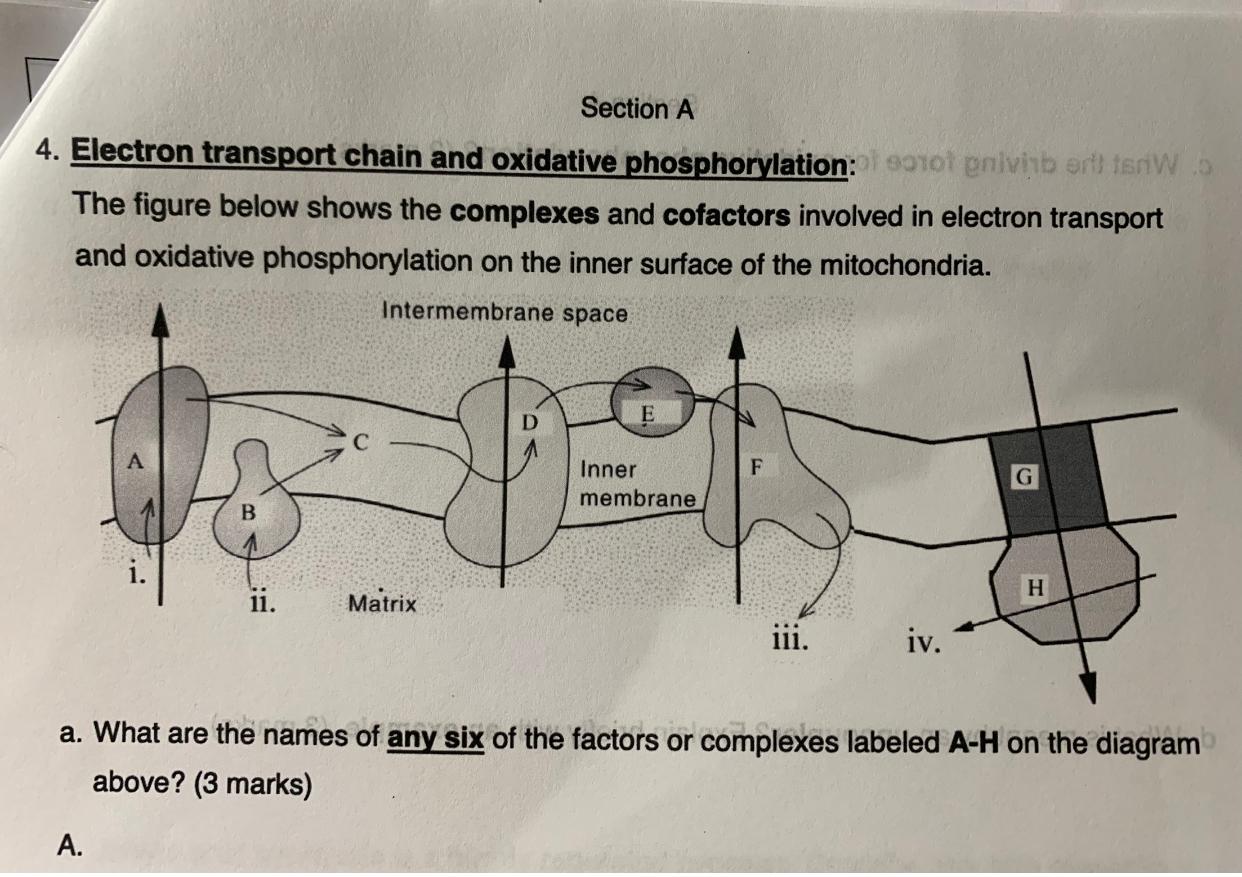










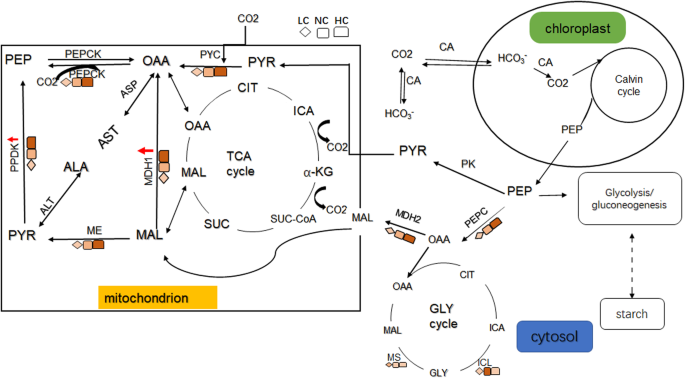
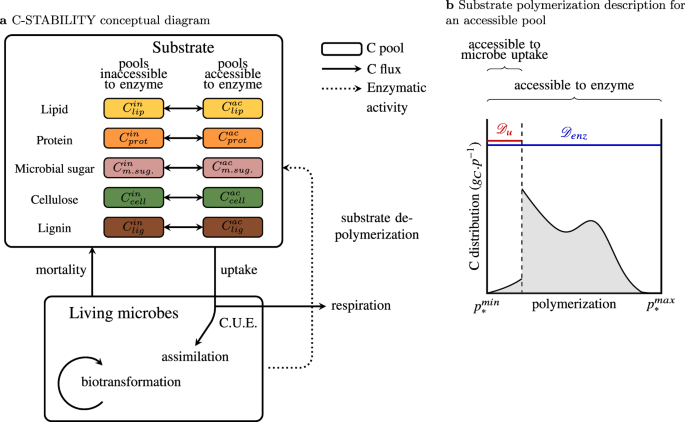

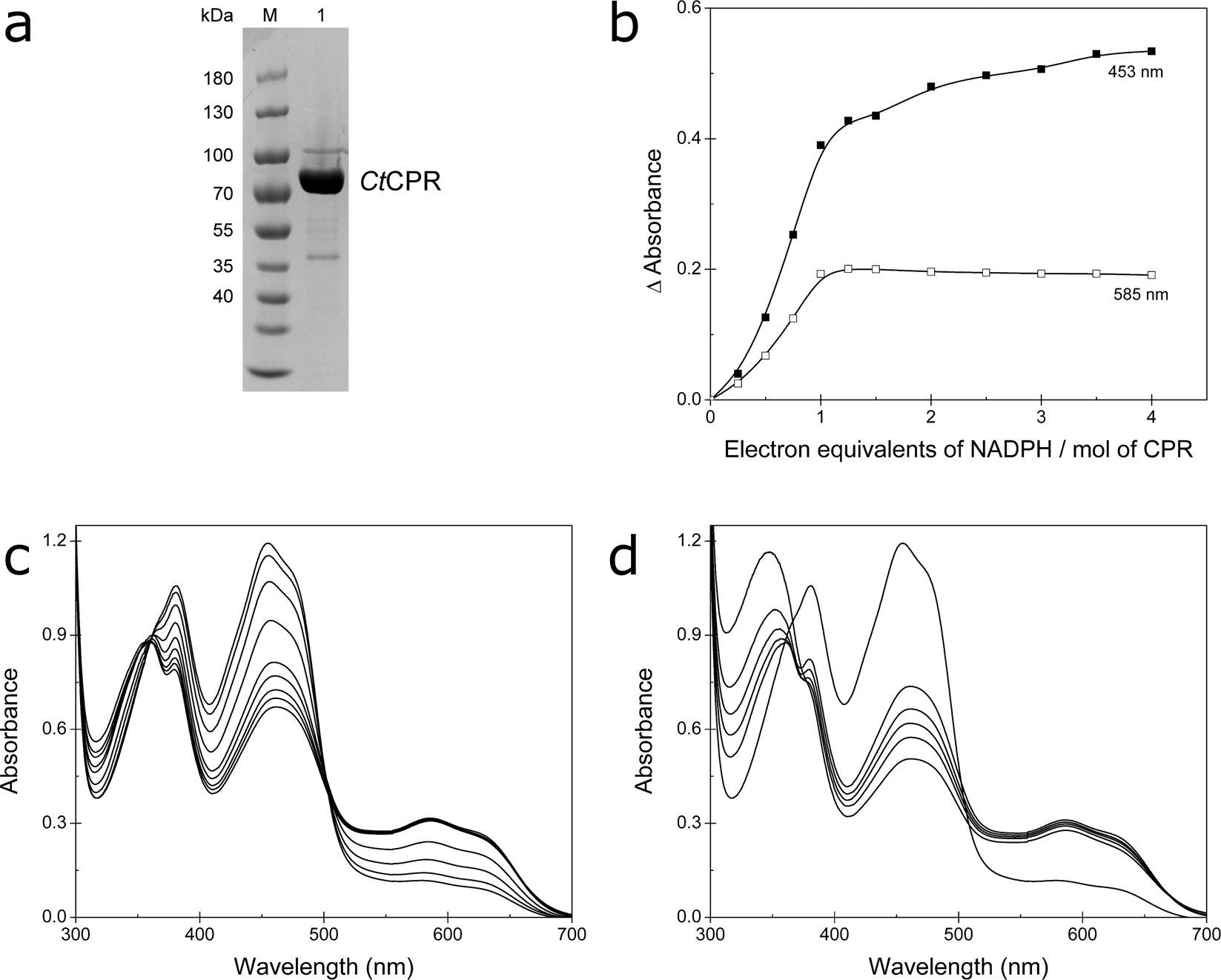



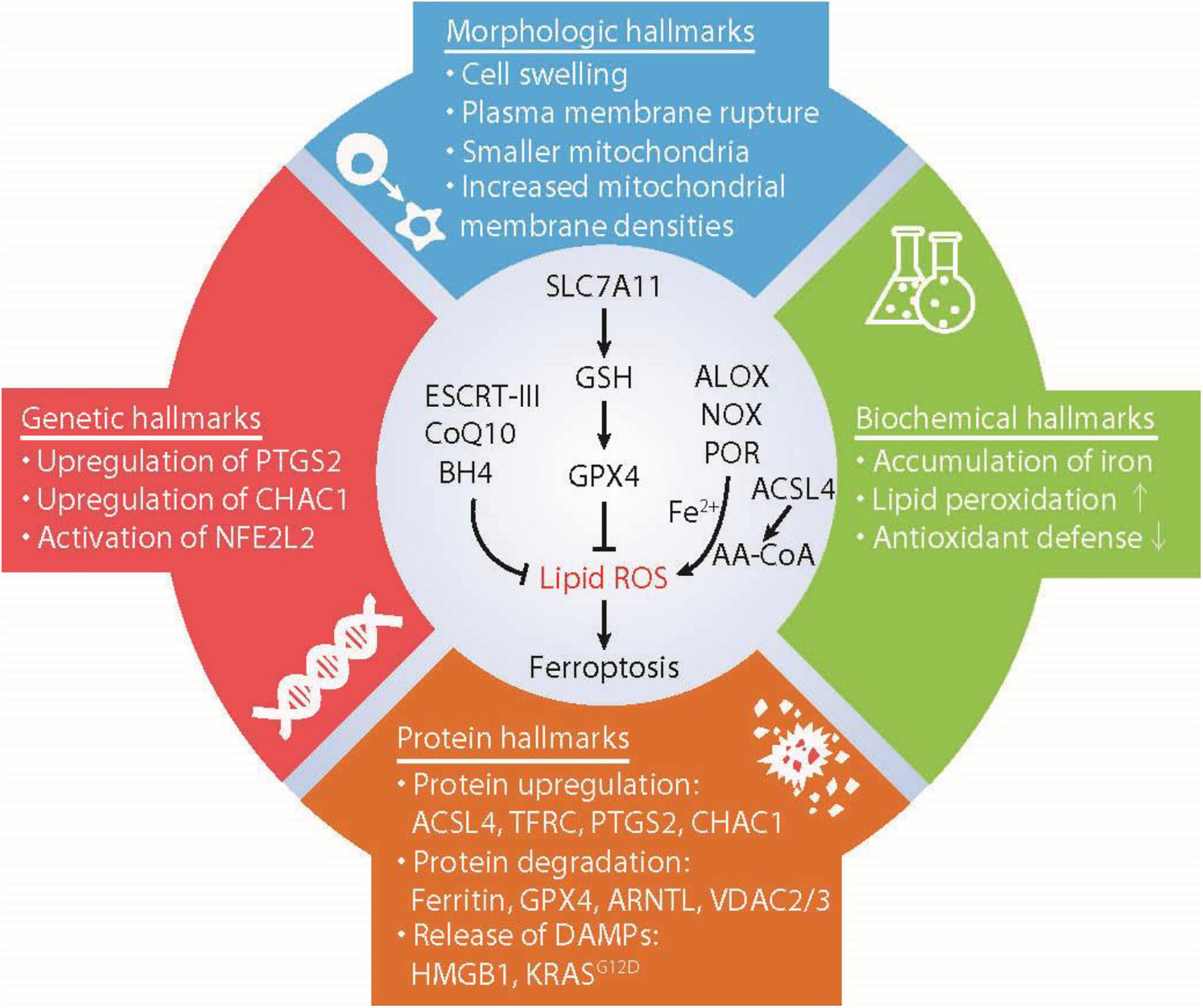
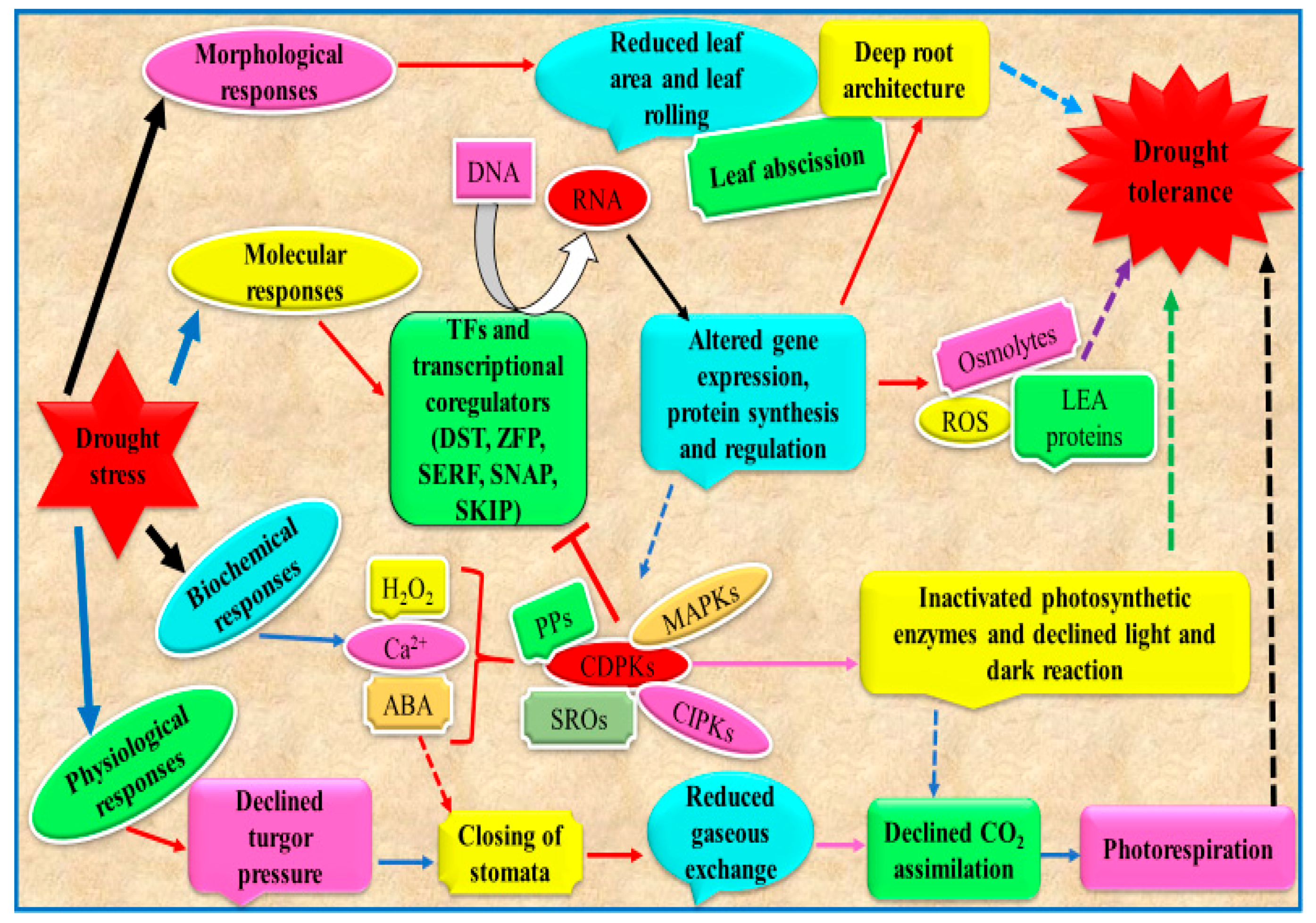


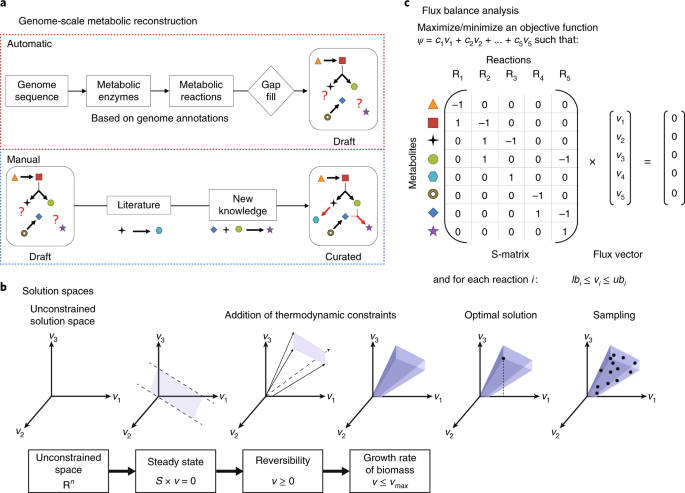
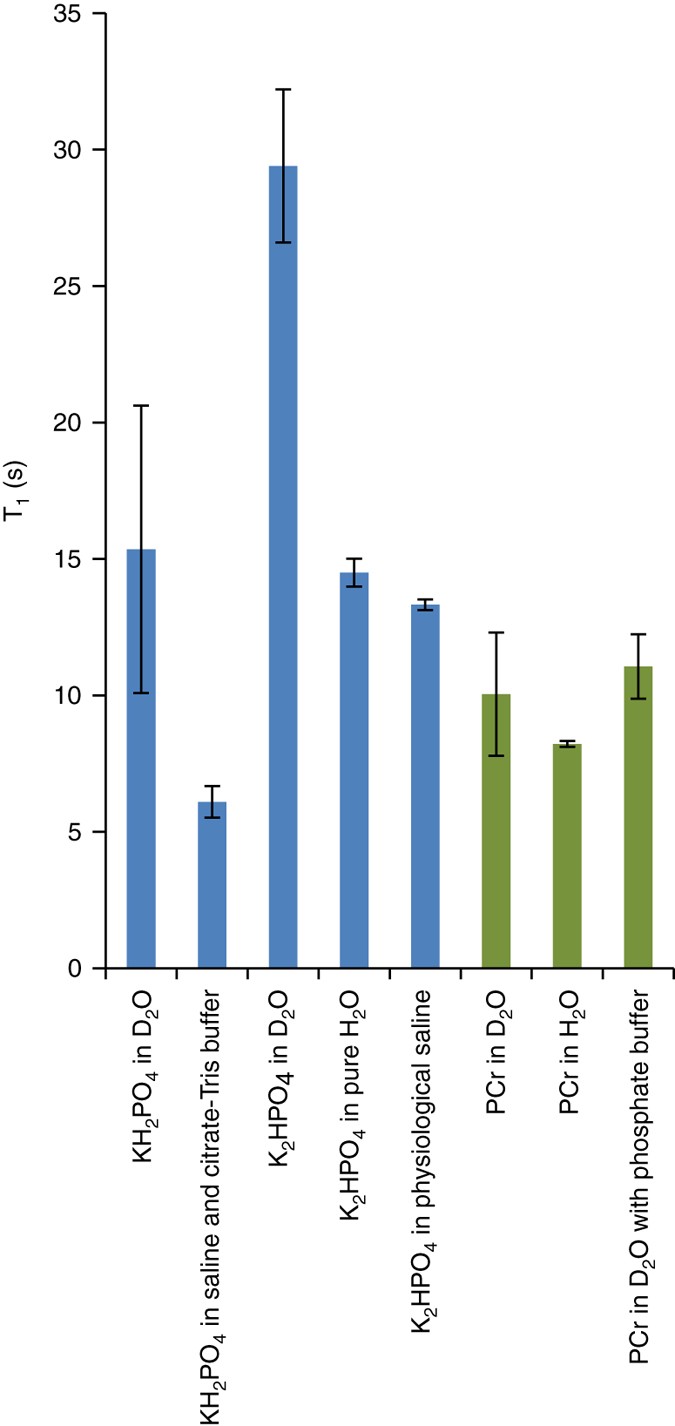



0 Response to "39 which type of biochemical does this diagram represent"
Post a Comment